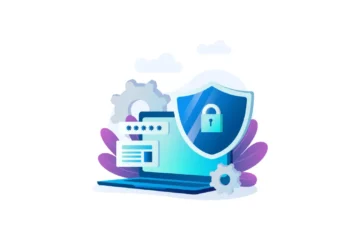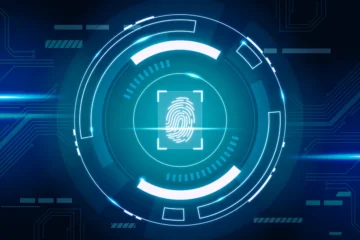Table of Contents
Digital Security Management

In today’s hyper-connected world, where digital technologies permeate every aspect of our lives, the importance of digital security management cannot be overstated. The ever-evolving cyber threat landscape poses significant challenges for individuals and organizations, making robust security management a necessity. In this blog, we will explore the complexities of digital security management and provide insights into navigating this intricate landscape successfully.
The Digital Security Management Landscape
Digital security management involves the coordination and implementation of various strategies, policies, and technologies to safeguard digital assets, sensitive information, and critical infrastructures from cyber threats. The landscape of digital security management is multifaceted, encompassing the following complexities:
Diverse Threat Landscape
The nature of cyber threats is ever-changing and diverse, ranging from malware attacks and phishing scams to sophisticated nation-state cyber espionage. Understanding and mitigating these evolving threats demand continuous monitoring, analysis, and proactive defense measures.
Rapid Technological Advancements
As technology evolves, so do cybercriminals’ tools and methods.The adoption of emerging technologies, such as the Internet of Things (IoT) and cloud computing, introduces new security challenges that require proactive adaptation.
Human Factors
Human mistake continues to be a major contributor to security breaches. Insider threats, social engineering attacks, and weak password practices highlight the importance of comprehensive security training and awareness programs.
Regulatory Compliance
Organizations must navigate a complex web of cybersecurity regulations and industry standards. Meeting compliance requirements is essential to avoid legal consequences and protect customer trust.
Balancing Usability and Security
Digital security management requires striking a delicate balance between robust security measures and maintaining a user-friendly experience. Overly restrictive security protocols can hinder productivity and user satisfaction.
Navigating the Complexities of Digital Security Management
Comprehensive Risk Assessment
Conducting a thorough risk assessment is the foundation of effective digital security management. Identify potential vulnerabilities, assess the impact of various cyber threats, and prioritize security measures accordingly.
Holistic Security Strategy
Adopt a holistic security strategy that covers all aspects of digital security management, including network security, data encryption, endpoint protection, cloud security, and incident response planning.
Proactive Threat Detection
Invest in advanced threat detection technologies, such as AI-driven solutions, to proactively identify and neutralize potential threats in real-time, minimizing the risk of successful cyberattacks.
Continuous Monitoring and Incident Response
Implement 24-hour monitoring to discover and respond to security incidents as soon as they occur. Develop comprehensive incident response plans to minimize damages and quickly restore operations in case of a breach.
Employee Training and Awareness
Recognize the significance of human factors in digital security and prioritize cybersecurity training and awareness programs for all personnel. Educated and vigilant employees serve as the first line of defense.
Compliance and Regulatory Adherence
Stay informed about cybersecurity regulations and industry standards that pertain to your organization. Develop and implement robust compliance measures to ensure adherence to these requirements.
Conclusion
The complexities of digital security management demand a comprehensive and proactive approach to safeguarding digital assets and sensitive information. By embracing advanced threat detection, holistic security strategies, and continuous monitoring, organizations can navigate the complexities of the digital security landscape with confidence.
By prioritizing employee training, compliance, and the adoption of emerging security technologies, we can effectively fortify our digital environments against evolving cyber threats. In this dynamic and interconnected digital age, successful digital security management is not just a necessity but a crucial competitive advantage. Stay secure, stay vigilant, and navigate the complexities of digital security management with resolute determination.



